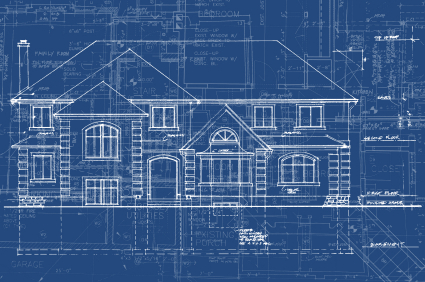Issues a profitable architectural designer does
-
Things a successful architectural designer does
The design process is a very personal and meticulous one,
you as an architect have some tools that you get ritually collected when you start a new project.
While each architect’s customs are individual and idiosyncratic,
the broader architectural habits we share lay the foundations for good design.
Here are some habits that help guide successful architects during the design process.

-
Tell a good story
Memories about places are linked to stories, as the home tells the story of a specific client,
in a specific place, and at a specific time, and thus enriches the experience and gives it a reason for its existence.
Architects are often taught very early on in design school to conceptualize projects by inventing a story.
-
Take risks
Taking risks is doing something out of the ordinary and is part of any creative area that enables you to rethink and imagine.
You can devise new ways of doing the same old thing.
This does not mean that everything requires innovation or bold action,
but looking at a problem with a different perspective often reveals good solutions that are not based on standard practice.

3. Simplicity
The ability to simplify means cutting out the unnecessary so that the necessary arises,
but often complexity is necessary during the architectural design process.
When modifying basic components, if they do not have a function, their necessity should be questioned.
Here are some areas in which simplification adds strength to design:
Simple shapes: They are usually less expensive, are easier to build and look pretty unadorned.
Simple physical board: It consists of two or three materials at most, but set rules for how to use each of them,
by changing the finish of one material, so you can achieve diversity without complication.
Simple trim.
Simple windows: Choose two window sizes – one for large openings and one for small openings.
-
Establishing a sequential system
The need for order demands hierarchy, which basically means that you have to decide what is most important and leave the other things to serve.
Designers usually prefer to apply arrangement principles to everything and at every level. When starting a new design project,
you should evaluate three main things: the construction site, the customer and the budget.
Before deciding what a building will look like,
you should think about and arrange the spaces on the site, from the most public to the most private.
For renovations, arrangement principles are often determined according to what the existing structure is lacking,
such as natural light, space, connection to the outside etc.

-
Repetition
Repetition is a good thing in architecture, and common thematic elements that are repeated over and over again,
help reinforce our previous habits of erecting order, and windows, doors, columns, beams, materials … are part of the natural order of buildings.
Repetition does not mean boredom, rather it unifies design, repeating patterns, materials, grids and proportions are the pillars of the system.
The rule of thumb to repeat is that it takes at least three of anything to see the benefits,
so if having two is a good thing, having three is better.
Repetition not only makes sense from an economic point of view,
but provides a point of reference and background against which to highlight the things you think are really important,
laying the foundation for our upcoming habits.
-
Challenge the rules
Once you have a consistent repeating pattern, you can decide where to break the rules.
For example, if you have a series of windows aligned on an organized grid, the only window that breaks that set of rules should do so for a very important and specific reason, such as seeing a tree canopy or a distant view.
And with a repeating arrangement as a background, the calculated rule break definitely has a special meaning,
and also balances the repetition to keep it from being monotonous and boring.
-
Activate the senses
Although the stunning architecture visuals we see online capture our sense of sight, our experience of architecture is very different in reality.
As an architect, you should consider all of the senses when creating a design.
Opening a home to a view is just as important as protecting it from unwanted noise, the smell of the ocean, or a nearby cedar tree.
And you must take into account the difference in the sensation of cold concrete versus warm wood on one’s foot and sound rain falling on a metal surface.
Thinking about design from an experimental level often reveals architectural opportunities that make life at home or somewhere more enjoyable.
Good designers and architects think of light and shade, as the sun moves throughout the day, the wind direction or the sounds of urban neighborhoods.
You May Like: Metal ceilings and their role in highlighting the beauty of your home

